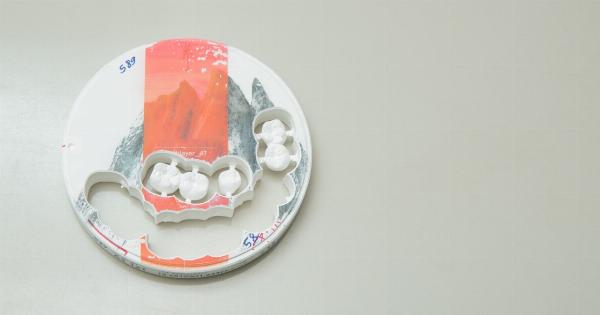An underbite is a dental condition characterized by the lower jaw protruding further out than the upper jaw.
This can cause a person’s lower teeth to overlap or sit in front of the upper teeth, resulting in an appearance commonly known as a “bulldog” look.
While an underbite may seem like a cosmetic issue, it can actually cause significant problems with a person’s dental health if left untreated.
Here we will explore some of the effects an underbite can have on a person’s health, as well as some potential solutions to the problem.
What Causes an Underbite?
There are several different things that can cause an underbite. One common cause is genetics – some people may be born with a lower jaw that is larger than the upper jaw, or a combination of a small upper jaw and large lower jaw.
Another potential cause is childhood habits, such as thumb-sucking or extended pacifier use, which can affect the development of the jaw and teeth.
Other factors that can contribute to the development of an underbite include injury to the jaw or teeth, and certain medical conditions like sleep apnea.
The Effects of an Underbite
While an underbite is often considered a cosmetic issue, it can actually cause a range of dental health problems if left untreated. Some potential effects of an underbite include:.
- Difficulty biting and chewing: An underbite can make it difficult to properly bite and chew food, which can affect a person’s ability to get the nutrients they need.
- Speech problems: An underbite can also cause speech difficulties, such as lisping or difficulty pronouncing certain sounds.
- TMJ disorders: Temporomandibular joint (TMJ) disorders are common in people with underbites. The TMJ connects the jawbone to the skull, and problems with this joint can cause pain, discomfort, and difficulty opening and closing the mouth.
- Teeth grinding and wear: An underbite can cause excessive wear on the lower teeth, as they bear more pressure from chewing and biting. This can also lead to teeth grinding and other dental problems.
- Increased risk of dental decay: Misaligned teeth can be harder to clean effectively, which can increase the risk of dental decay and gum disease.
Treatments for an Underbite
There are several potential treatments for an underbite, depending on the severity of the condition and the individual’s specific situation. Here are some of the most common:.
Orthodontic Treatment
For mild to moderate underbites, braces or other dental appliances may be able to help shift the teeth into a more aligned position. This can correct the appearance of the underbite and improve the person’s ability to chew and speak properly.
In some cases, headgear or a special appliance called a reverse pull facemask may be used in conjunction with braces to improve the alignment of the jaw.
Jaw Surgery
In some cases, jaw surgery (also known as orthognathic surgery) may be necessary to correct an underbite.
This surgery involves moving the upper jaw forward or the lower jaw back, depending on the situation, in order to correct the alignment of the bite. This is a more invasive procedure than braces or other orthodontic treatments, and may require a longer period of recovery time.
Chin Surgery
In some cases, chin surgery may be recommended to improve the appearance of an underbite. This surgery involves reshaping the chin bone to create a more balanced appearance with the rest of the face.
Speech Therapy
If an underbite is causing speech difficulties, speech therapy may be recommended to help the person learn to properly pronounce certain sounds and words.
Preventing an Underbite
While some causes of underbite, such as genetics, cannot be prevented, there are some steps that can be taken to reduce the risk of developing an underbite due to other factors:.
- Avoiding thumb-sucking: Encouraging children to stop sucking their thumb or using a pacifier past the age of 2 can help prevent the development of an underbite.
- Treating sleep apnea: Treating underlying medical conditions like sleep apnea can help reduce the risk of developing an underbite.
- Wearing protective gear: Wearing a mouthguard or other protective gear during sports and other activities that could result in injury to the jaw or teeth can help prevent an underbite.
Conclusion
An underbite can cause a range of dental health problems if left untreated, but there are several potential solutions available to correct the issue.
From orthodontic treatment to jaw surgery, there are many options to improve the appearance and function of the jaw and teeth.
If you are concerned about an underbite, talk to your dentist or orthodontist to learn more about your options for treatment.




























